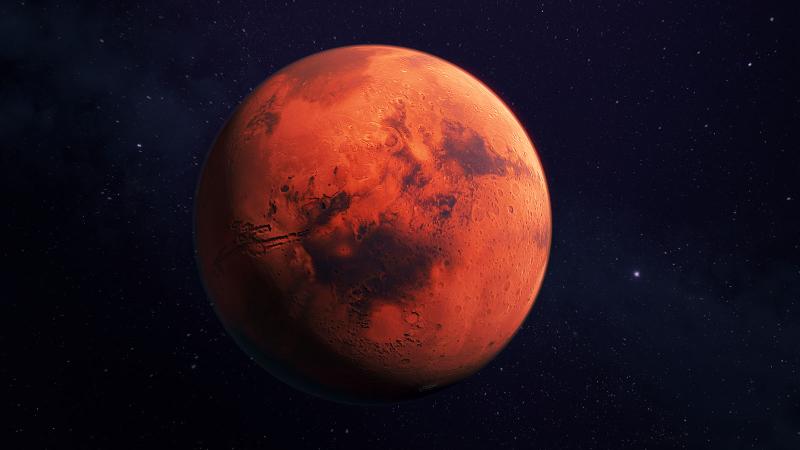David Carr, the legendary Timesman who made this column a destination, told me back in 2012 that he kept a “helicopter on the roof” of The New York Times Building in case he needed to escape. After all, he had been taking shots at media moguls, including, occasionally, his own bosses. That helicopter, he said, was his Twitter account, and it gave him the power, if needed, to flee The Times and take his followers — more than 300,000 when he died in 2015.
Click here to see David Carr's Twitter account
Twitter has occupied an uncomfortable place between journalists and their bosses for more than a decade. It offers journalists both a newswire and a direct line back into the news cycle. But it has also set off a tug of war between the voice of the brand and of the individual.

Source : Leptidigital
More staid newsrooms, like The Wall Street Journal and Reuters, have to varying degrees barred journalists from breaking news and developing big voices on the service, while some newer and more ideological outlets, like Vox and The Intercept, encourage and benefit from their journalists’ social media presence. Caught in the uncomfortable middle are the defining American news brands — The Times, The Washington Post, CNN and NBC — where managers alternate between sending irritated emails and biting their tongues, and journalists marvel and complain at the question of who gets away with what on Twitter and who gets in trouble.


